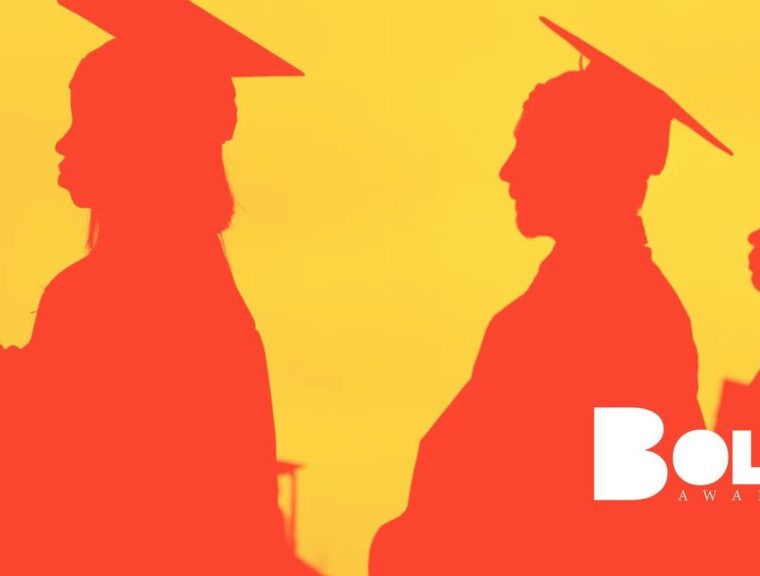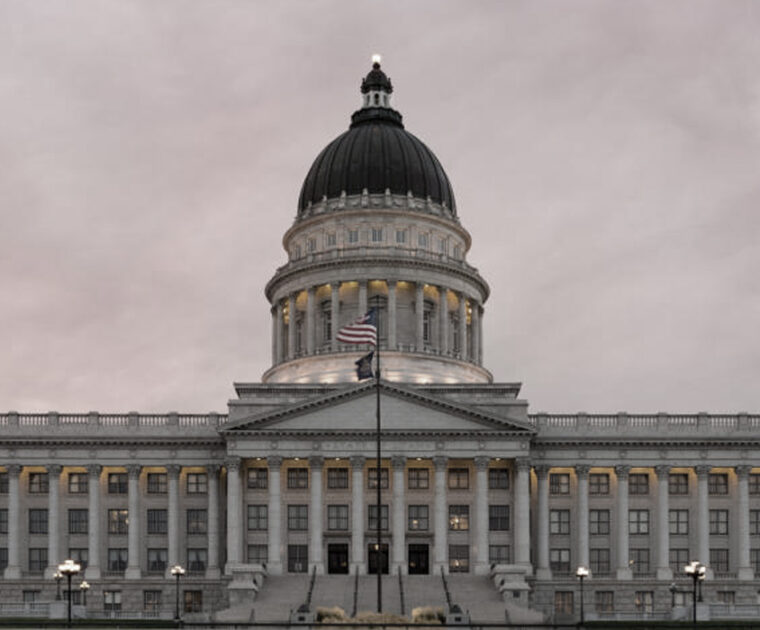Higher education in the United States is a hallmark of our nation. Our system of colleges and universities is the envy of the world. Especially noteworthy are the oft-forgotten institutions, the smaller colleges, state schools, HBCUs, etc., which all pave the road to the American Dream. They provide the necessary education to lift graduates out of poverty and into the middle class.
With all of the uncertainty surrounding the COVID-19 crisis, we should all be concerned about these colleges’ ability to survive.
If we are going to provide relief to preserve jobs and industries, big and small, higher ed merits support. There are 5300 colleges and universities in the United States employing around 4 million people. That’s about 2.5% of the total American workforce. Many of the folks teaching at these institutions are our researchers, educators, and innovators. All together, they are educating 19 million students. They are key to ensuring that the promise of a better future can become a reality for all.
We quite simply cannot allow higher education to fail.
So, the question is not if we should support higher education, but how? And the answer lies with the students, not the institutions. If we can encourage the students to enroll and help them graduate, the institutions will correspondingly survive. On average, 40% of college budgets come from tuition. The rest is made up from donations, endowments, and government support. It is hard to see how that pool of money expands in this economy. If tuition is key (and it is), then these numbers should be terrifying: Nearly 13% of students are considering deferring college, and 1 in 5 are rethinking their college choice entirely.
Direct aid to colleges and universities is a short-term fix. We certainly have a crisis in the short-term, so that may be a component of our response. Keep the lights on and the students fed. But this aid is unsustainable in the long-term and does nothing to convince students they should enroll in the first place.
A long-term fix needs to get at the heart of the students’ fears: both the cost of college and an uncertain economy. Student debt takes 21 years to pay off on average, and that’s rightfully terrifying for students enrolling today. To be willing to take on that kind of debt a potential student needs to be confident in the economy when they graduate. COVID-19 and the resulting economic crisis are eroding this confidence, not to mention that students may remember their families’ struggles during the Great Recession. The best thing we can do to support our institutions of higher learning is to guarantee the outcomes of those students in the first years after they graduate. If students knew that, no matter the economy, when they graduate in Education they’ll make $38,000 a year or that they’d make $51,000 a year graduating in Physics, they could confidently make the decision to enroll today and ultimately graduate. And the tuition dollars they’d be paying to do so would provide needed support at many of our colleges and universities, whether or not those courses are delivered online or in person.
To save colleges, support the students. Give them confidence. Give them a guarantee.
Wade Eyerly and Dennis Murashko are the founders of Degree Insurance and have built the first-ever insurance guaranteeing earnings after graduation.






Leave a Reply